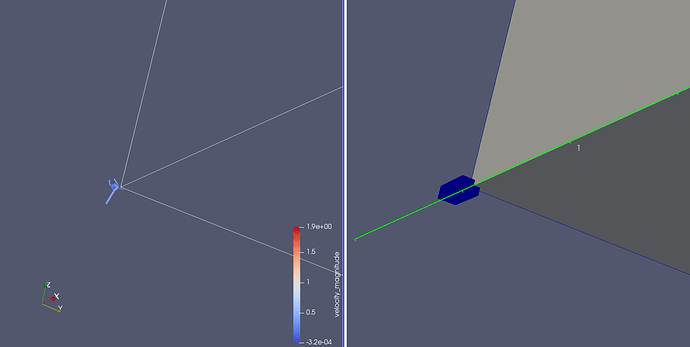I’ve been working on getting the structured grid and applying the Gradient filter once my Resample To Image is generated. However, I’m having issues getting Gradient to work. When I import my CFD results, I have:
- Point Data: contains point 3D space orientation, velocity vector, velocity-component array(s) [x, y, z]
- Cell Data: Block Number, Cell ID, Cell Type (Tetrahedron)
I can create the structured grid, and the vectors/scalars are transferred over well. I’m able to visualize nicely with the “Volume” rendering. I use Transform to scale the data back to the correct scale (m → mm) before creating the structured grid. I am able to apply Gradient to either version of the structured grid, but I’m having errors.
For the case where I’ve transformed > grid generation, I get:
No Scalar Field has been specified - assuming 1 component!
Which is strange, because I am feeding it a scalar. When applying to the NON-transformed grid, I don’t receive any errors. However, the bounds of the gradient-dataset are stretched/do not stay at the same location or scale. The top two images show the structured grid/shape of my volume render. The bottom two show how Gradient caused a massive expansion.

